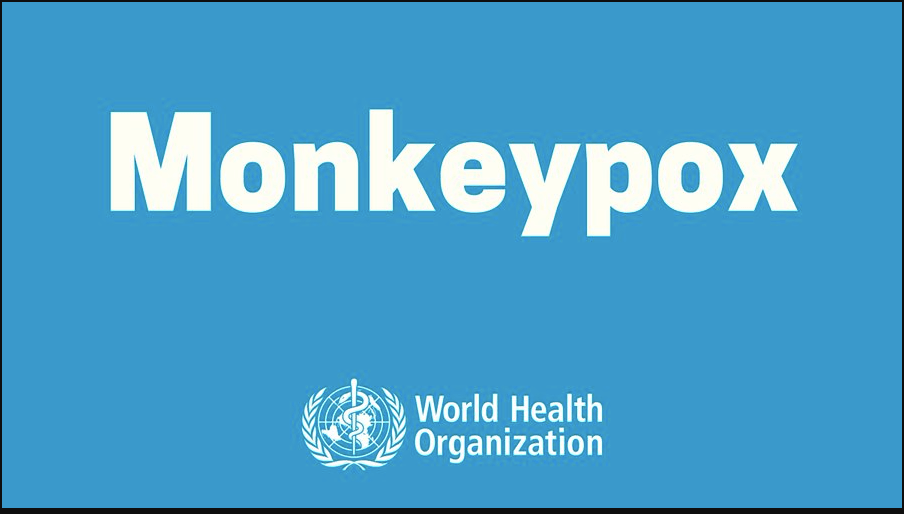Image courtesy: World Health Organization
The rising number of cases of monkeypox in North America and Europe has been accompanied by online conspiracy theories and disinformation.
Since early May 2022 a small number of cases of monkeypox infection have been recorded in various European countries and North America.
As these cases emerged so too have lies and conspiracy theories about these monkeypox infections, notably linking the monkeypox outbreaks to COVID-19 vaccines.
Some posts on social media have falsely claimed that the COVID-19 vaccines caused monkeypox. Others have falsely claimed that monkeypox was created in a lab or that global elites planned and created the monkeypox outbreak. These lies and conspiracy theories have also infiltrated Namibian social media spaces.
Following are some facts about the current outbreak of monkeypox from the World Health Organization (WHO):
- Based on currently available information, cases have mainly but not exclusively been identified amongst men who have sex with men (MSM) seeking care in primary care and sexual health clinics.
- Genome sequence from a swab sample from a confirmed case in Portugal, indicated a close match of the monkeypox virus causing the current outbreak, to exported cases from Nigeria to the United Kingdom, Israel and Singapore in 2018 and 2019.
- Available information suggests that human-to-human transmission is occurring among people in close physical contact with cases who are symptomatic.
- Monkeypox endemic countries are: Benin, Cameroon, the Central African Republic, the Democratic Republic of the Congo, Gabon, Ghana (identified in animals only), Ivory Coast, Liberia, Nigeria, the Republic of the Congo, Sierra Leone, and South Sudan.
The following information is drawn from the comprehensive Monkeypox page on the WHO website:
- Monkeypox is caused by monkeypox virus, a member of the Orthopoxvirus genus in the family Poxviridae.
- Monkeypox is usually a self-limited disease with the symptoms lasting from 2 to 4 weeks. Severe cases can occur. In recent times, the case fatality ratio has been around 3–6%.
- Monkeypox virus is transmitted from one person to another by close contact with lesions, body fluids, respiratory droplets and contaminated materials such as bedding.
- Monkeypox is a viral zoonotic disease that occurs primarily in tropical rainforest areas of central and west Africa and is occasionally exported to other regions.
- An antiviral agent developed for the treatment of smallpox has also been licensed for the treatment of monkeypox.
- The clinical presentation of monkeypox resembles that of smallpox, a related orthopoxvirus infection which was declared eradicated worldwide in 1980. Monkeypox is less contagious than smallpox and causes less severe illness.
- Monkeypox typically presents clinically with fever, rash and swollen lymph nodes and may lead to a range of medical complications.
For more information on monkeypox visit the monkeypox Q&A page on the WHO website, or this page, also on the WHO website.
For an interesting read on why scientists are concerned about the emergence of monkeypox in Europe and North America, read this Nature article.
Social media users are encouraged to seek information from credible sources and not just share or spread claims encountered on social media that could be harmful to public health.

